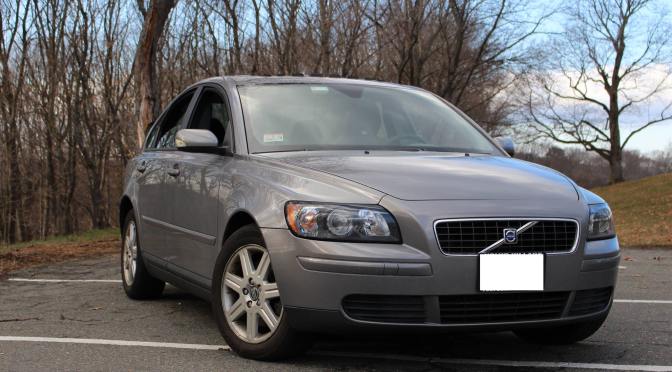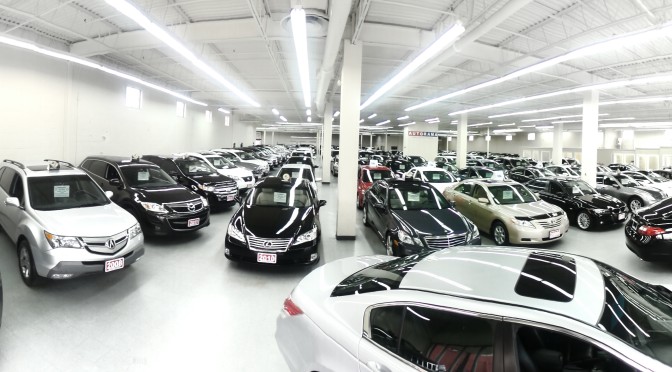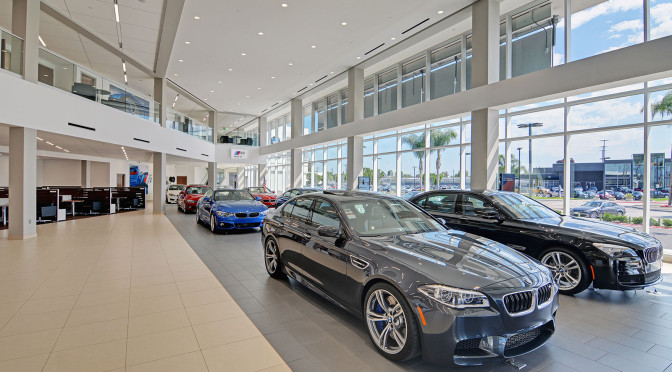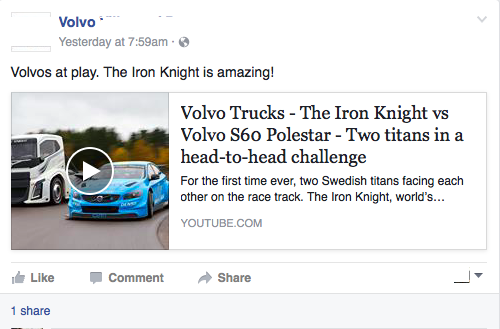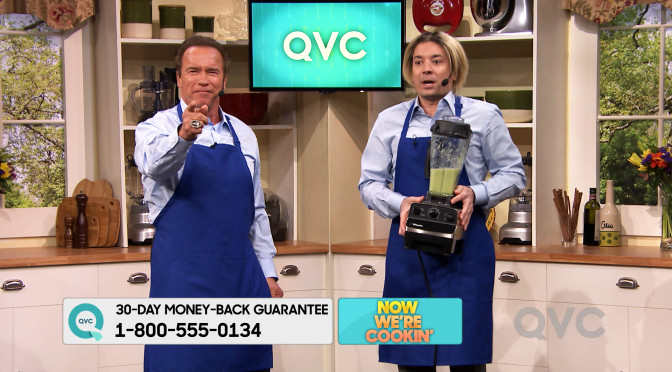2017 is upon us, which means it’s a new year and a clean slate to improve on areas that we may have come up short on in 2016. Effective social media marketing is much more difficult to achieve because commitment and involvement are necessary ingredients to seeing the results that you desire. If 2016 didn’t go as planned in terms of sales, engagement, and audience growth, now is the time to fix those problems and look to 2017 as they year you crush your competition on all social media platforms. In 2017, digital media is the new king and it will be the deciding factor for increased sales growth per quarter.
In the automotive industry, what is one of the biggest complaints from car buyers? They feel that dealerships are out of touch with the consumer, which in most cases these days is actually false, as many dealerships have made great strides in making car buying a very fun process. In any case, there are different ways of changing this perception, one being to add a comfortable environment that doesn’t rush buyers into hasty decision, and a few other strategies that happen once the customer is in the door. But what if we can change these perceptions before the buyer is even considering purchasing a car? That’s where digital media comes into play.
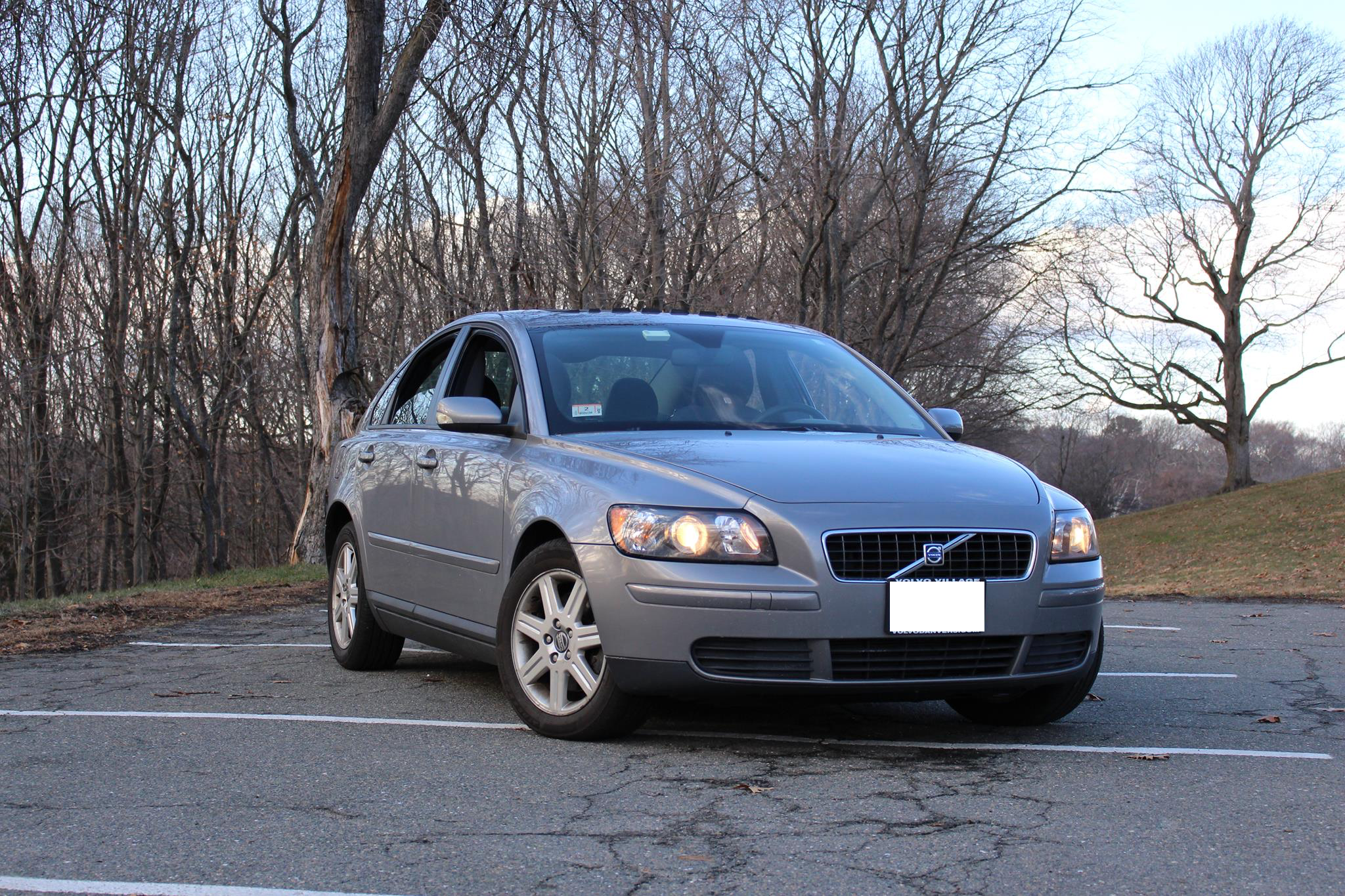
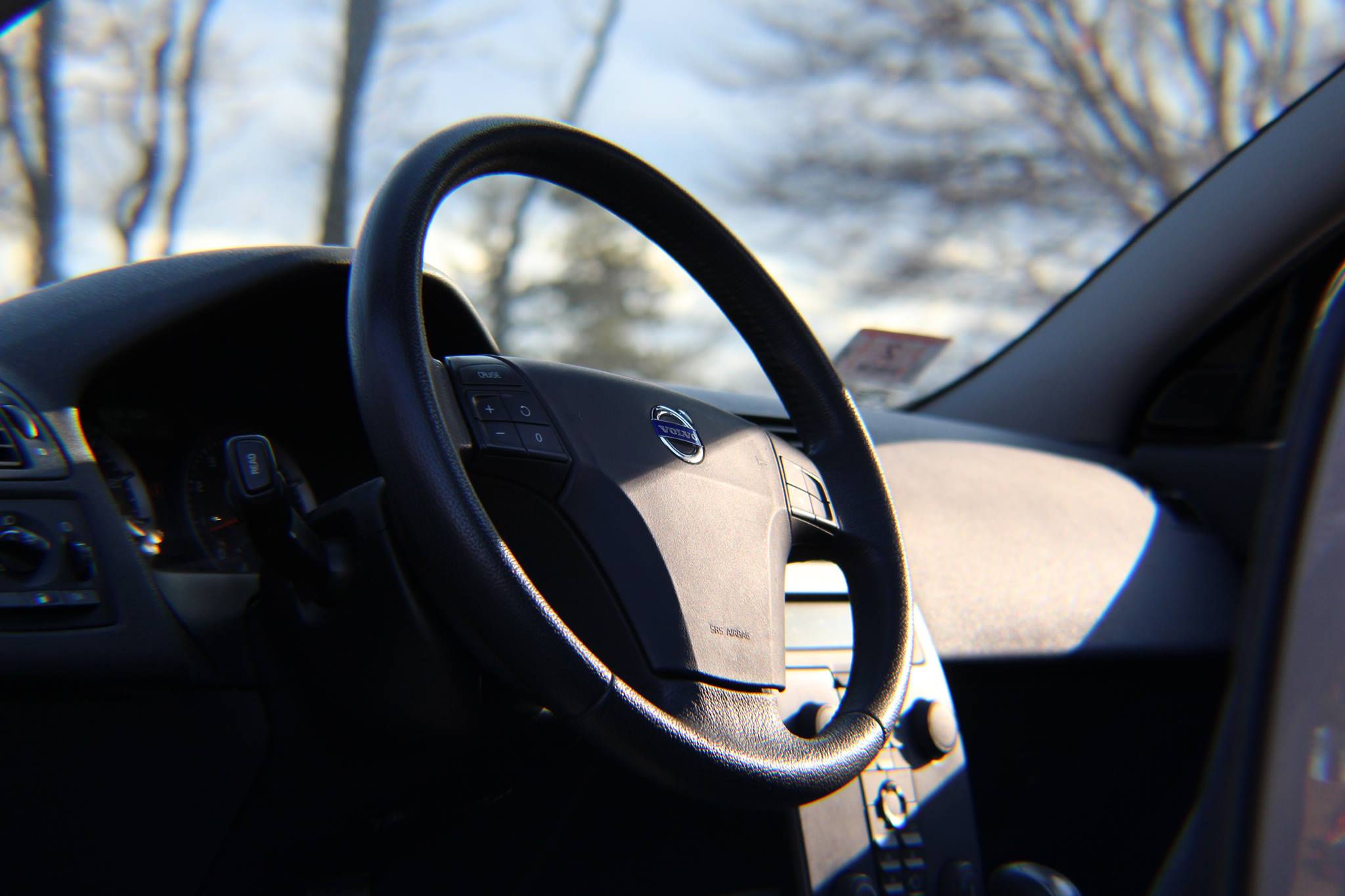
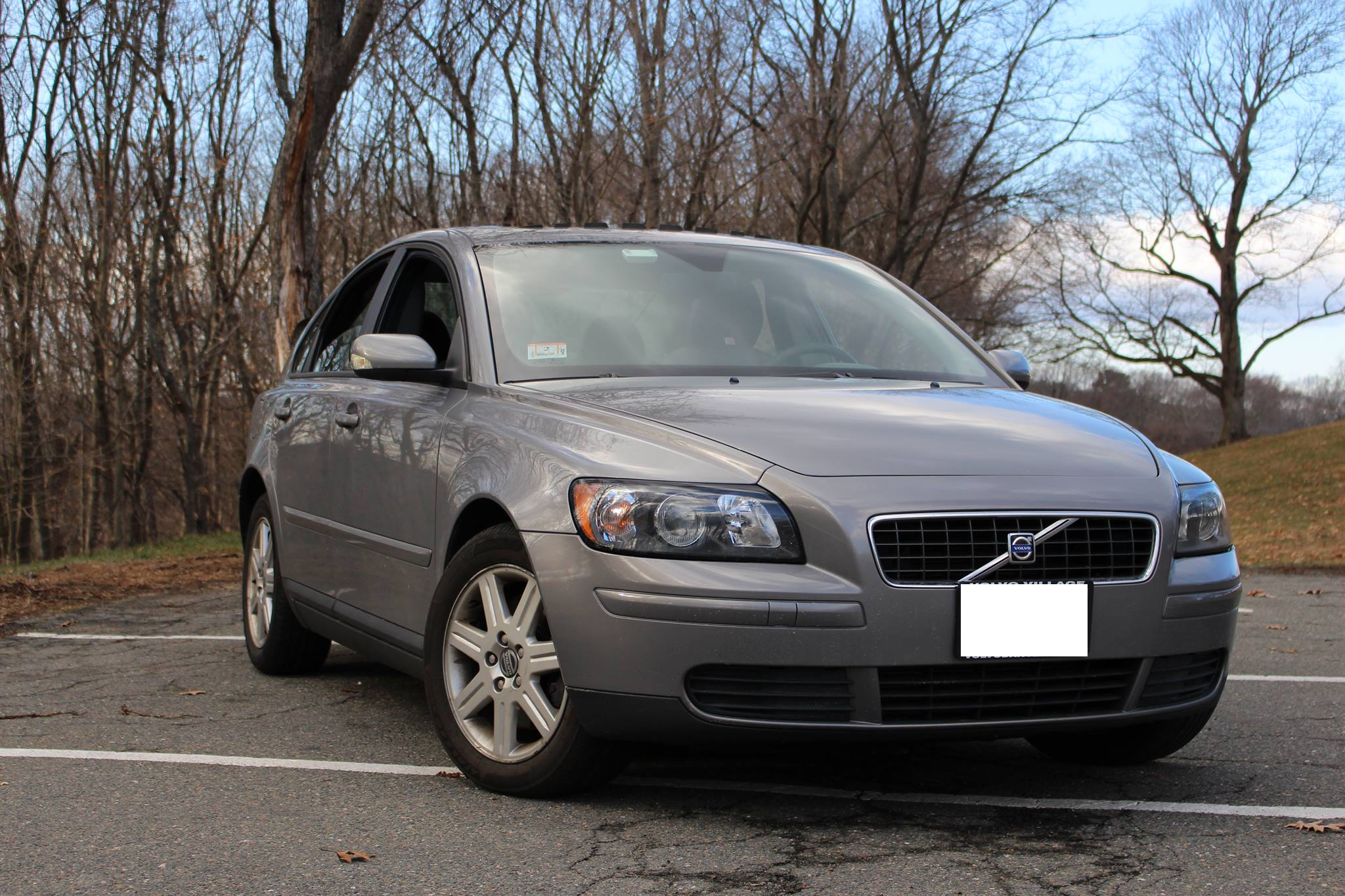
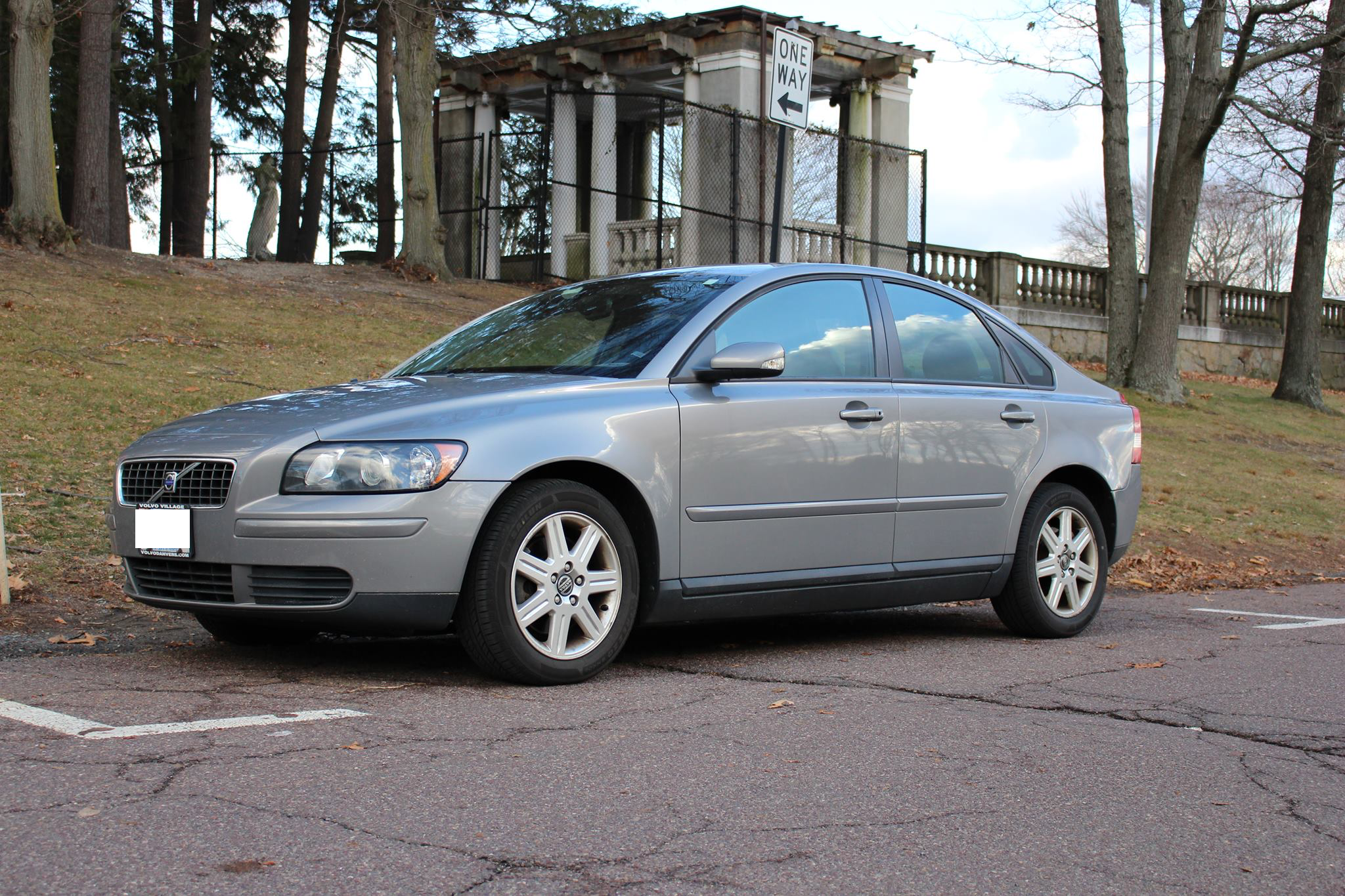
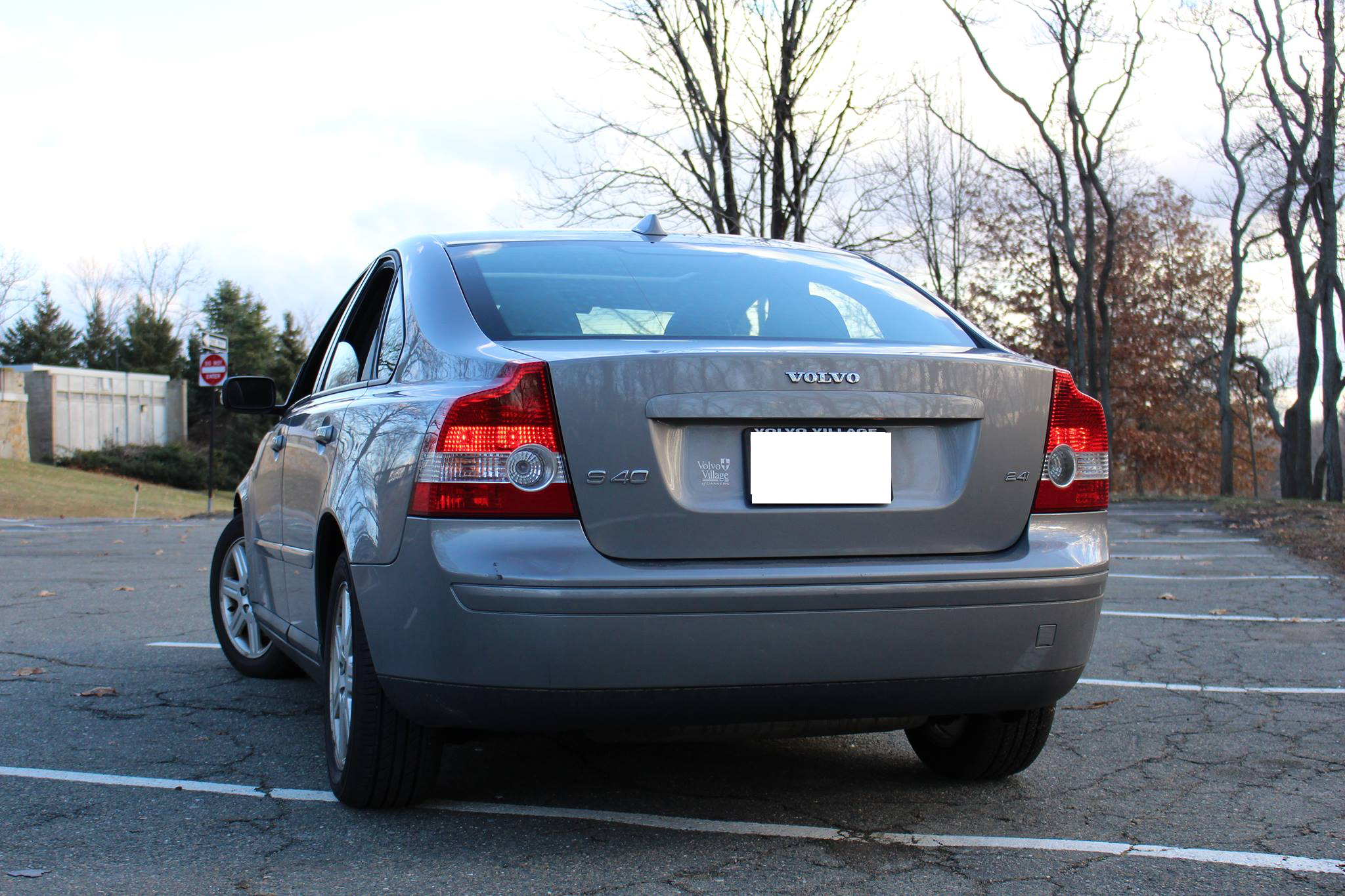

Digital media is the future, not only for online sales, but to entice interested buyers to visit your car dealership. Text, links to articles, and poor content does not get engagement, likes, or shares. In fact, it doesn’t receive much attention at all. Vehicles, much like houses, require an extra level of involvement from the marketing side of the buying process, as there needs to be a reason(s) why a specific car or house has to be purchased now, rather than down the road.
For instance, you’re a Volvo dealership and on your lot is this 2006 Volvo S40. Now, most likely you’d be pushing 2016s or 2017s, but let’s just use this car in the pictures above as an example. What should be the course of action your dealership should take to get this car sold? Digital media content that can be created and promoted on multiple social media platforms is the best strategy to start getting leads. Whether it’s high quality photos, a virtual walk around, or a video review, the content that is being created will get noticed by your targeted audience on Facebook and Instagram. Remember, your ultimate goal is to get sales, and digital media on your social media accounts will achieve your goals of getting traffic to your website that will eventually lead to the S40 finding a new home.
One dealership that gets it is Audi Wilsonville in Oregon. They continually post digital media to their Facebook and Instagram accounts, and the number of likes and engagement they receive speaks for itself. A lot of social media ads and promotions were necessary to get the amount of responses they do, but I’ve been following them for over two years and they’ve never ceased on providing eye catching content on their Facebook page. Here is the link to check it out for yourself.
https://www.facebook.com/AudiWilsonville/
If you want to start seeing results from your social media efforts, you must be committed everyday to posting high quality content that’s worthy of people reacting to it. The days of having a bland timeline are over as other dealerships are beginning to awaken to the fact that non-native and lackluster content just doesn’t work if you’re seeking to sell vehicles on all your social media platforms. It’s time to get serious and start injecting digital media into your marketing strategy, while also creating a schedule in which these posts are shared at times when you’ll receive the most impressions and traffic.
2017 is a whole new year, and a new beginning to increase car sales to outperform your competition. Let 2017 be remembered as the year when your dealership set itself apart from the rest.
